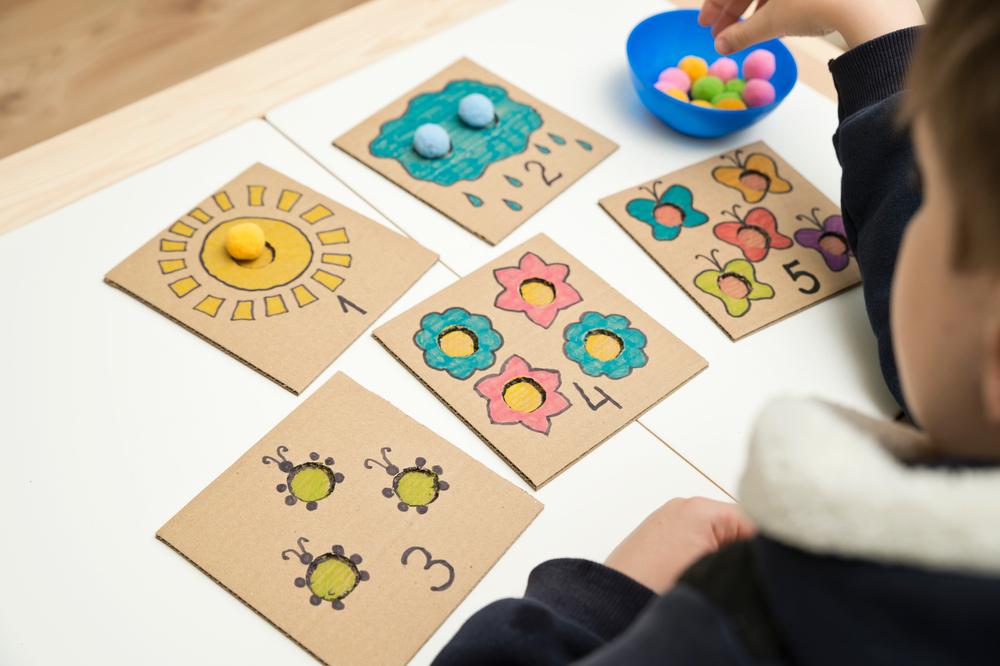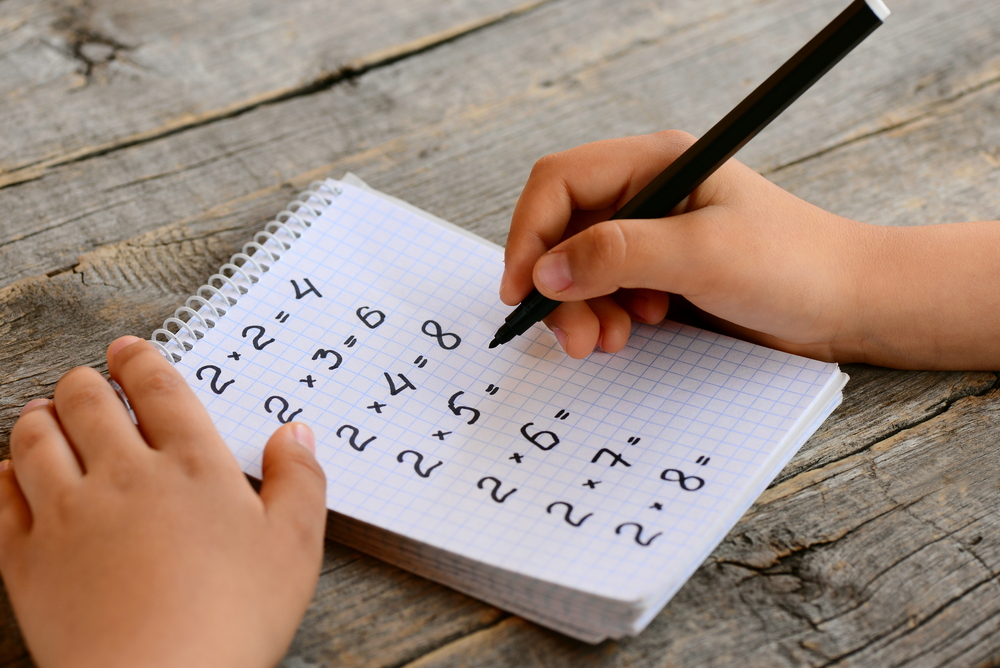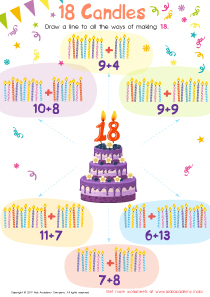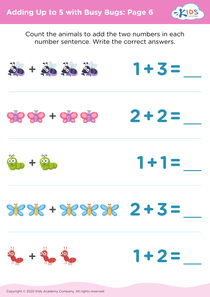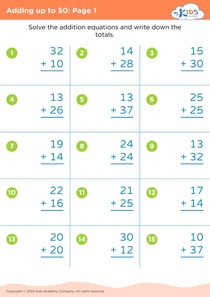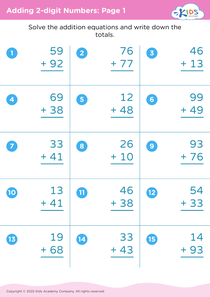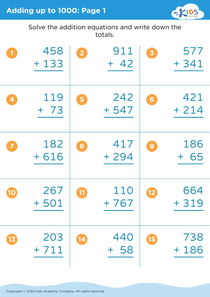Drawing skills Adding up to 100 Worksheets for Ages 3-8
3 filtered results
-
From - To
Discover our fun and engaging "Drawing Skills Adding up to 100 Worksheets" tailored for children aged 3-8. These worksheets blend art and math, making learning addition a delightful experience. Each activity encourages your child to practice basic drawing skills, like just drawing simple shapes, while solving math problems that add up to 100. Perfect for preschoolers and early elementary students, these printable resources not only enhance mathematical skills but also support creativity and fine motor development. Ideal for classroom and home use, our worksheets make learning an adventure in both creativity and numeracy!
Nurturing drawing skills and basic arithmetic in children ages 3-8 is crucial for their holistic development. Drawing allows children to express their creativity and emotions, which is essential for emotional well-being and self-expression. It builds fine motor skills, hand-eye coordination, and spatial awareness, laying a foundation for writing and other tasks.
Simultaneously, introducing the concept of adding numbers up to 100 cultivates numerical literacy and problem-solving abilities. Early proficiency in arithmetic fosters confidence in handling more complex mathematical concepts later on, setting the stage for academic success. Through these activities, children also learn critical thinking and perseverance as they figure out sums and practice drawing.
Engaging in both drawing and simple addition enhances cognitive development by balancing creative and analytical skills. These activities encourage concentration, patience, and the ability to follow instructions, crucial traits for effective learning in formal education settings.
Furthermore, combining art and math makes learning more fun and engaging, capturing children's attention and imagination. Integrating these skills into everyday learning experiences, like combining counting and drawing exercises, provides a rich, stimulating environment ideal for nurturing young minds. Parents and teachers play a pivotal role in providing these opportunities, thus ensuring comprehensive early childhood development.

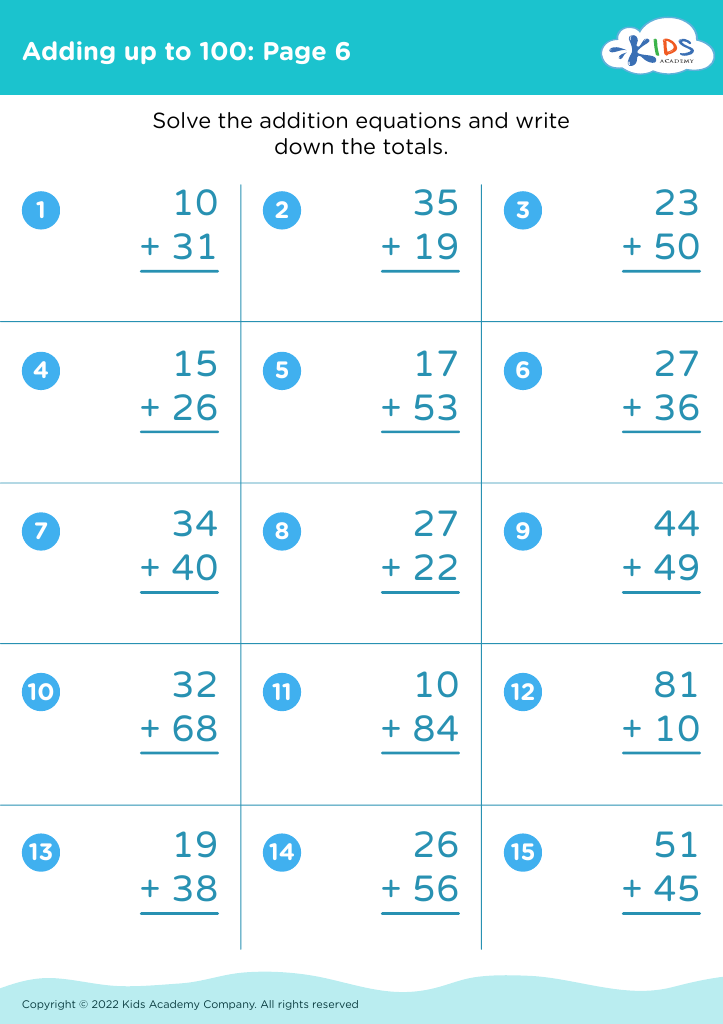
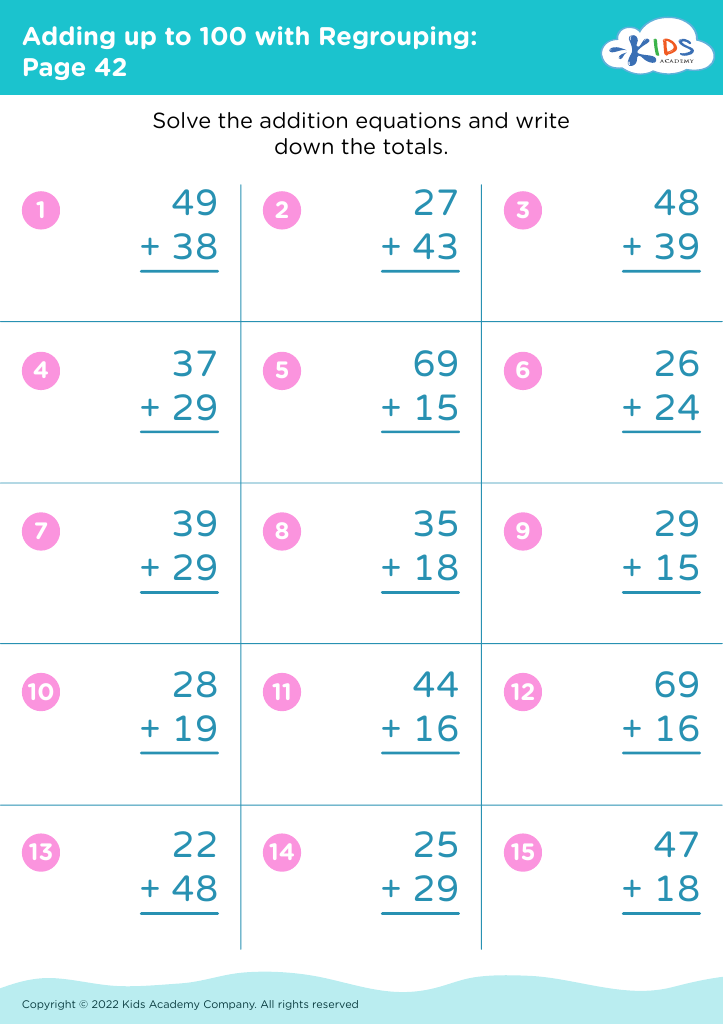
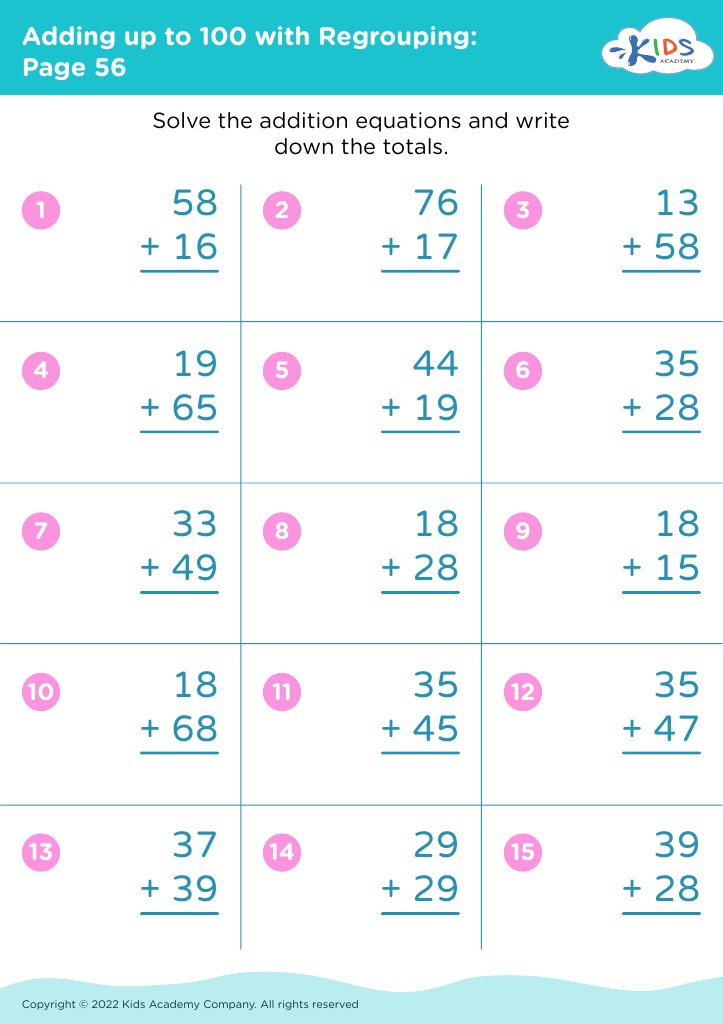


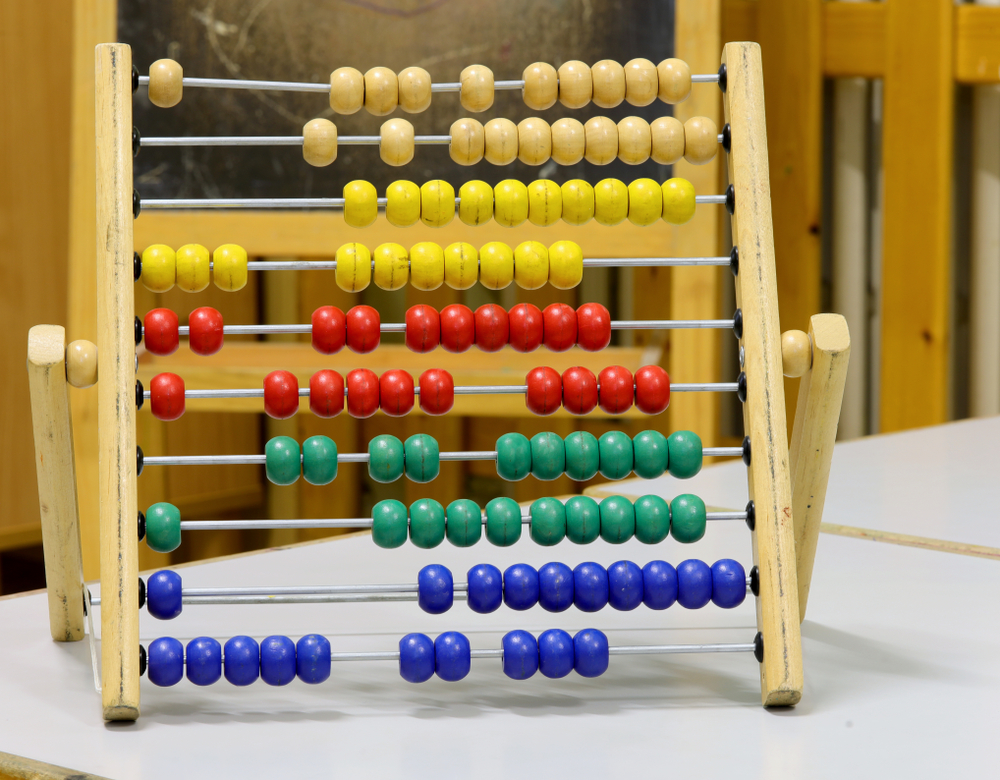
%20(1).jpg)
